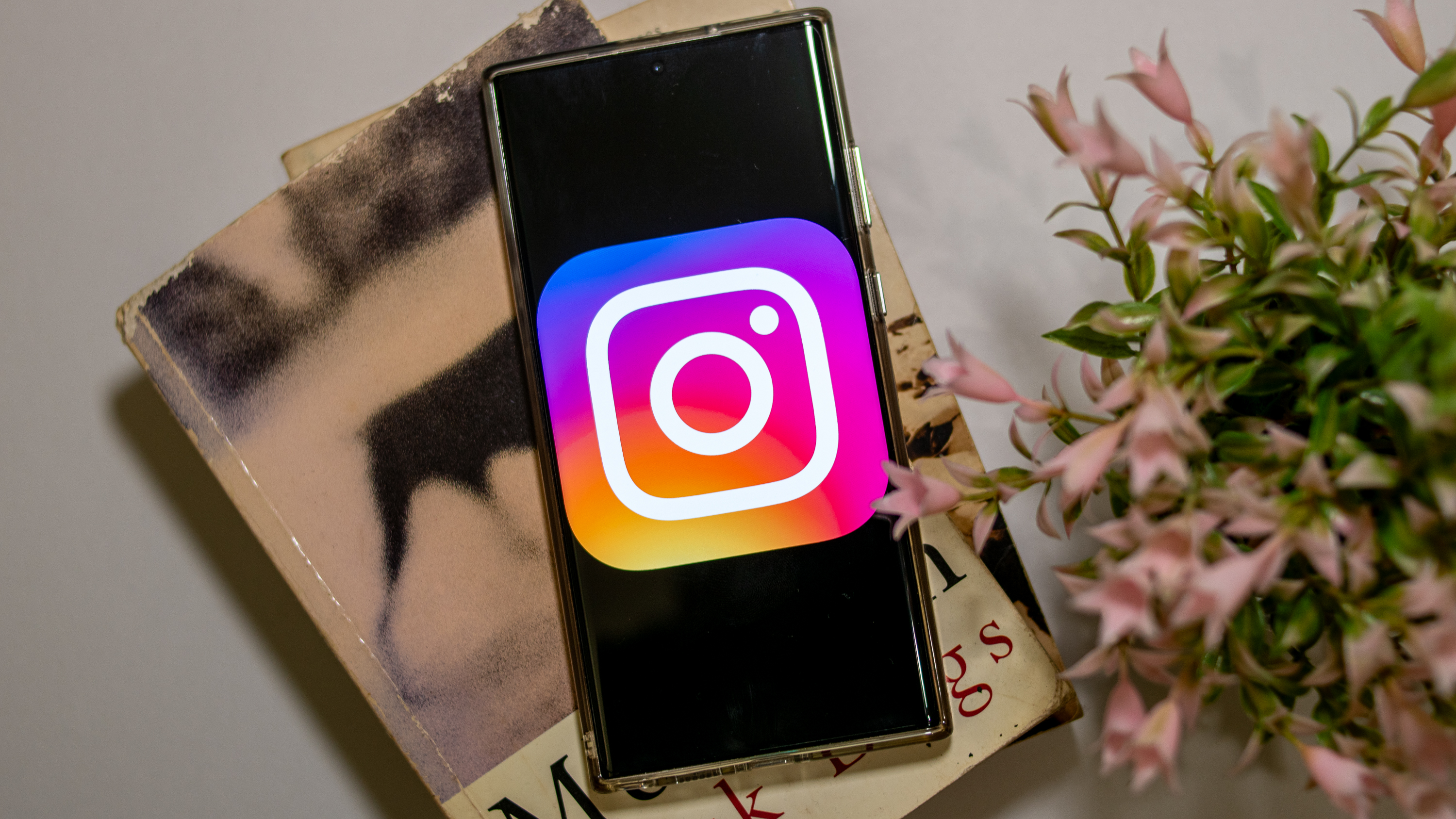Our favorite Android devices throughout the years, 2018 edition
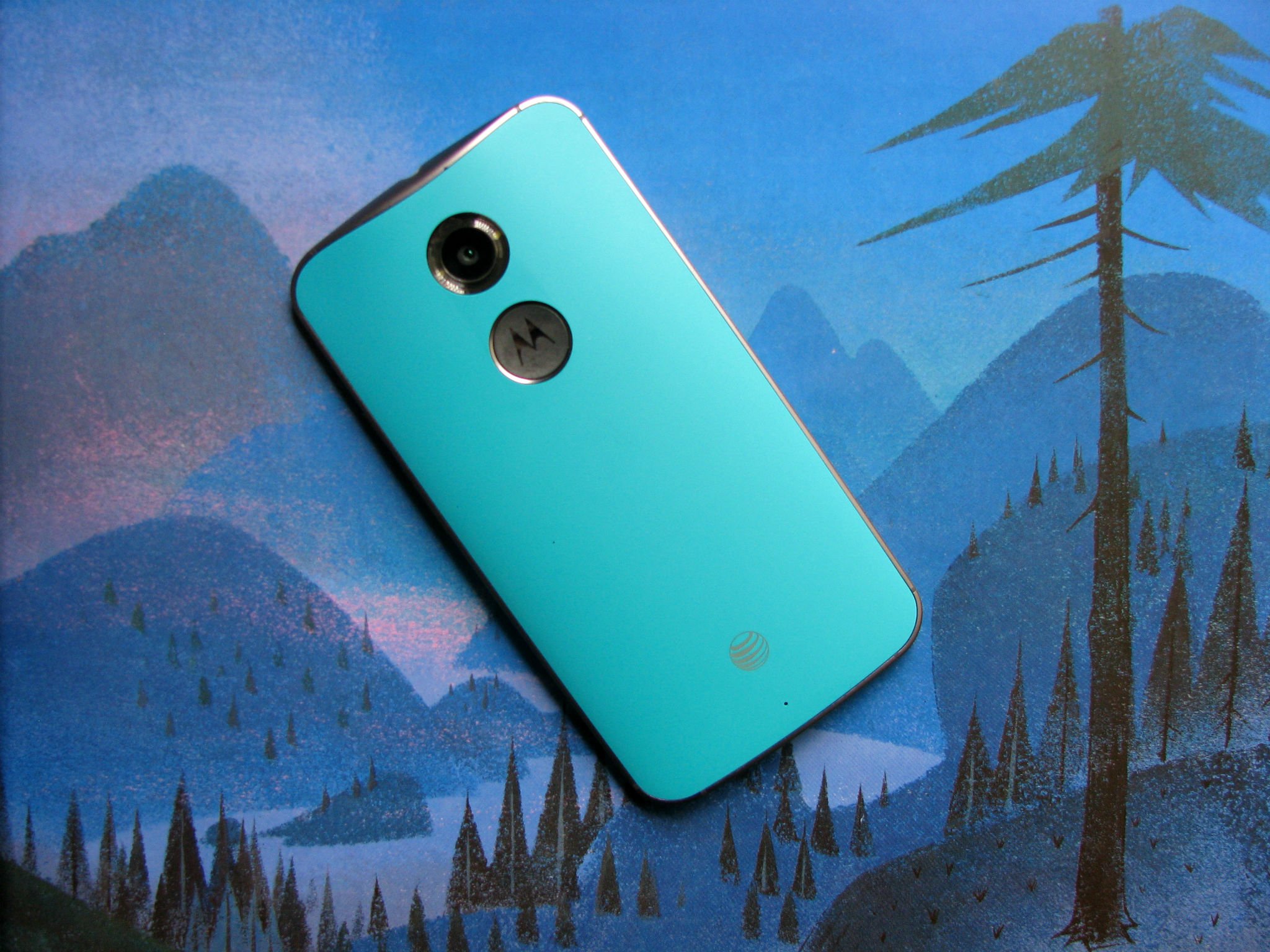
It's hard to overstate the impact that Android has had on the world. In the last decade, it's become the most widely used mobile operating system in the world, garnering massive communities of developers, enthusiasts, and even bloggers and reporters — like us!
Here at Android Central, we make our livings writing about the latest Android-related technology. As such, we get to play with and experience nearly every phone on the market, and as nice as that can be, it also makes it easy to feel jaded and unimpressed by new releases. Still, some devices are so captivating that they stick with us for years after their release — not necessarily because they were the best devices around at the time, but because they did something special to stand out against a sea of uniform options.
We did this in 2017 and it was a lot of fun, but it's been over 15 months since that last roundtable, so we thought we'd do it again. Here's the 2018 version of our favorite Android phones throughout the years!
Andrew Martonik: Google Pixel and Nexus 5
In the grand scheme of Android, the original Google Pixel was both extremely important for Google and also an overall wonderful phone to use. I'm specifically talking about the smaller Pixel and not the XL, though obviously the availability of two different screen sizes was part of the whole appeal.
Like so many other people, I just appreciated the simplicity and quality of the original Pixel. That solid metal body, fantastic construction and no-frills design really spoke to me. It was a delivery mechanism for the software more than anything, just like Nexuses were, but in being more expensive it was also dramatically better made than any Nexus. Top-notch hardware with Google's great software — a perfect match.
The software was just so good, and integrated with Google's services perfectly. Unlike Nexuses before, the Pixel had a little extra differentiation in the design and function of its software, too, giving it a bit more personality and distinction. It really paid off — the Pixel felt like a complete product top to bottom.
Sure the battery life wasn't fantastic, and pushed me to use the Pixel XL instead when I was traveling, but that's really the only complaint I could ever have with it. And of course there's the camera, which 18 months on is still extremely good. Google just absolutely nailed so much of the experience on that phone.
Get the latest news from Android Central, your trusted companion in the world of Android
I also want to give a nod to the Nexus 5 for a completely different set of reasons. It wasn't well made, particularly beautiful, or even filled with the best specs for the time. But it was the pinnacle of what Google's Nexus program could achieve: a phone that clearly cut corners in hardware and design but delivered an amazing smartphone experience regardless. It didn't need the best specs because Google's attention to the software and experience was so good — and the Nexus 5 remained in my pocket for so long as a result. When a cheaply made plastic phone with missing features can stay in use for that long, you know the whole package had to be something special.
Ara Wagoner: Moto X (2014)
The 2013 Moto X was the phone that turned me from Android user into Android fangirl, and while the 2014 Moto X wasn't quite as small or cute as my Texas-built original AquaCherry Moto X, it made up for that with features that just felt completely and utterly magical. Google Assistant might be able to hear me in more environments and do way cooler things, but I miss the custom trigger phrases you could use on Moto Voice. I had mine set to completely made up words, so it sounded like I was casting a spell when I summoned Moto Voice for a command.
Even more magical than the custom phrases, however, were the IR sensors on the front of the phone. Yeah, they made the white-faced Moto X look like a pimply teenager, but they blended in well on the black front and they were handy as all get-out. I could leave my phone face-up next to my workstation, wave my hand over my phone, and see my notifications or wake up the phone for whatever I needed.
The Moto X 2014 felt magical in a way that no phone since really has. Maybe part of that has to do with the fact that I was still just a budding Android writer at the time, and maybe part of it has to do with the fact that in 2018 we don't have more phones with custom hotwords or that wake up without being picked up or fingerprint swiped. I want back my pretty, magic Moto.
Alex Dobie: Samsung Galaxy S6 edge+
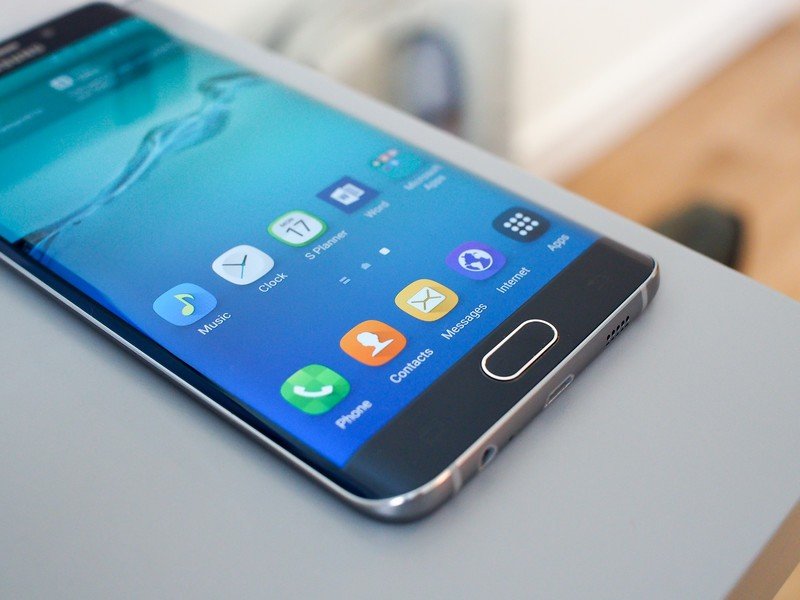
For reasons that made little sense at the time, and seem even crazier today, Europe didn't get the Samsung Galaxy Note 5. Instead, we traded the Note 5's utility for the more stylish S6 edge+, which was the only large form factor Samsung phone sold in Europe in 2015. After passing on the smaller S6 models, this was my first experience with an "edge" model Samsung phone, and my favorite device of the year. I had just come from using an LG G4 -- a great phone in its own right, but one with many legacy design traits, like plastic contstruction, removable back panels and replaceable batteries. The S6 edge+ was unmistakeably a forward-looking, futuristic handset.
The curved display was great at the time, and has aged surprisingly well, as has the single 16-megapixel rear camera, which could go toe-to-toe with its successor, the S7, in many situations.
And although it shipped with the decidedly quirky Android Lollipop, we were on the cusp of Samsung's software starting to become both stable and aesthetically pleasing, and the S6 edge+ became even better the following year with its update to Marshmallow, bringing parity with the design of the S7's software. What's more, Samsung's use of its own Exynos processor meant it didn't have to deal with the performance, heat and throttling issues of the Snapdragon 810 and 808 chips that powered many of its competitors.
The not-so-great stuff? Battery life was rough, with a huge 5.7-inch 16:9 display and a mere 3,000mAh battery. And the in-button fingerprint scanner was bad -- so poor, in fact, that I eventually gave up and used Smart Lock.
Daniel Bader: HTC Hero
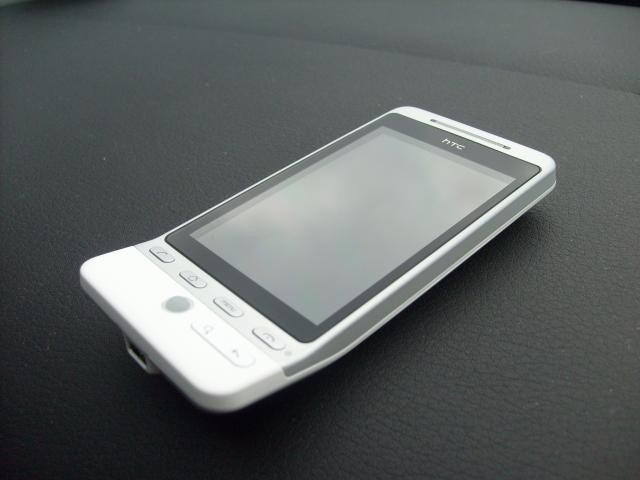
There's something about Sense. Back in 2009, when the only version of Android one could know was what Google had built for the G1 and other early devices, the Sense-running HTC Hero was an outlier, a stylish, fluid, all-touch smartphone capable of taking on the Droid's more aggressive qualities.
The version I had up in Canada was sold by Telus, and it looked a lot better than the one Sprint sold, which traded the chin for a flatter bezel and trackpad. Nevertheless, it was a game-changer and showed me that smartphone software could be intuitive and performant at the same time, two things that "stock" Android wasn't at the time.
HTC deserves a lot of credit for designing a really good phone, even if today the 3.2-inch 320x480 display is comically small. I loved this device when it was released, and it holds a special place in my nerd heart because of it.
Harish Jonnalagadda: LG G4
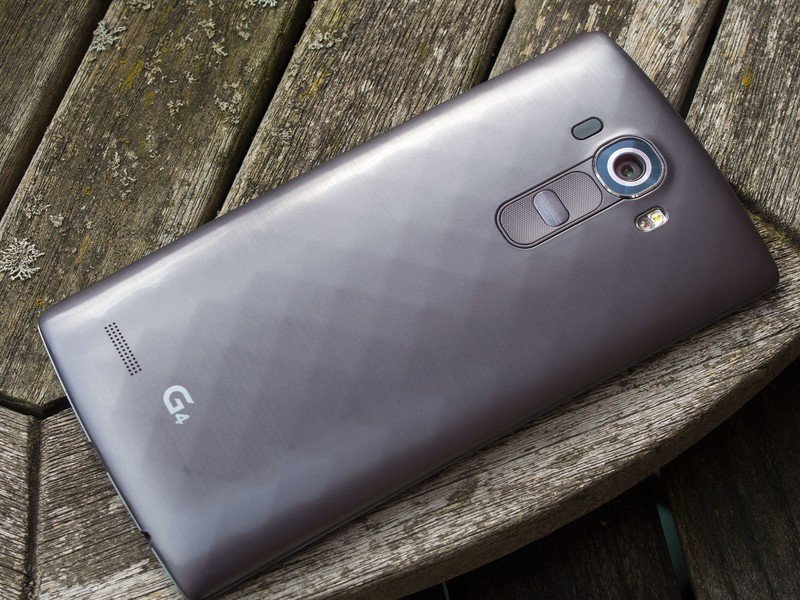
LG hasn't fared all that well in the smartphone segment in recent years, but it isn't for lack of trying. The manufacturer consistently incorporated fresh designs into its flagships, like the flexible LG G Flex and the modular LG G5. What it failed to do was execute on them, as evidenced by the lack of paltry support for add-on modules for the G5.
The LG G4 wasn't as outlandish, however, and it came with a fantastic QHD display and a great camera. It was the first phone I used with a QHD panel, and I loved the vibrant colors and the excellent contrast. The G4 also had a cohesive design for the user interface, and most of the software additions turned out to be useful.
What I particularly liked about the LG G4 was the ability to customize the back with removable shells. LG had a range of options available — from plastic to leather and a metallic finish — that altered the look and feel of the device significantly. The phone wasn't the fastest and didn't have great battery life, but there was a secondary battery in the box along with a charging cradle that came in handy during travel.
Hayato Huseman: HTC Inspire
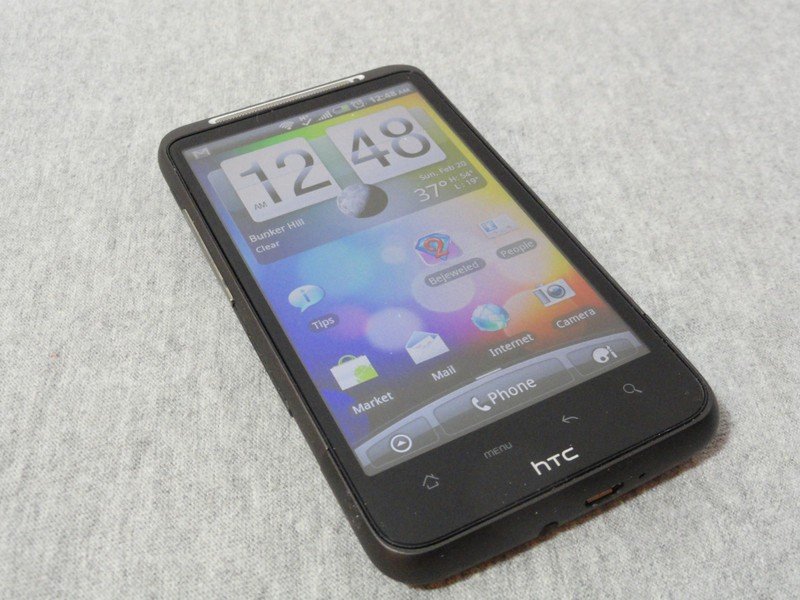
One of my favorite phones I've ever owned was the first-gen Moto X. No other phone offered that kind of hardware customization — you could choose from different colored front panels and backings (mine was turquoise with a black front), get a custom phrase screen printed on the back (mine had my Twitter handle), and even choose a custom phrase that appeared under the Motorola logo on the boot screen! What a cool device.
Ultimately, though, my absolute favorite Android phone would have to be my first one: the HTC Inspire. That thing was far from perfect; the battery life was terrible, and the door to access the battery was near impossible to get off without breaking a fingernail or scratching the back of the phone with whatever you had tried to pry it off with. On top of that, it didn't even have a front-facing camera — if you wanted to take a selfie, you had to do so with the rear camera … which also wasn't great.
Still, it was my first ever Android phone, and I absolutely adored it. The 4.3-inch screen felt enormous at the time — so big that I traded it off for a more comfortable Motorola Atrix for about a month before realizing the error of my ways and trading back. Coming fresh from an iPhone 4, I was fascinated by the Android experience, and couldn't believe I could do things like run GameBoy emulators without having to hack my software. I didn't mind Android's then-lacking app ecosystem, because it was just so much fun to tinker with. I'd be lying if I said I don't still look at eBay listings of the Inspire from time to time.
Jerry Hildenbrand: Samsung Galaxy S
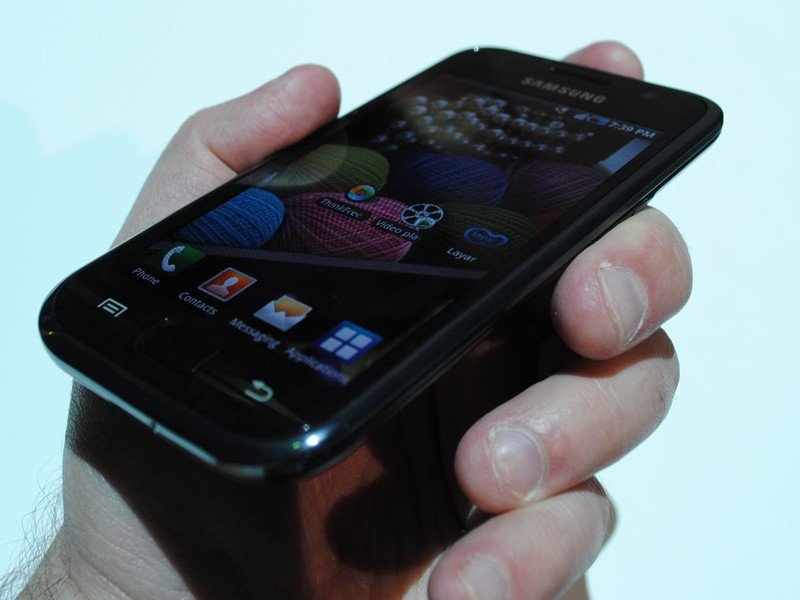
Samsung wasn't always the dominant force in mobile that it is today, and the original Galaxy S is the phone that started its climb to the top.
Google and HTC started the mobile arms race with the so-called "Superphones" -- the Nexus One and the HTC Evo 4G -- and it didn't take long for Samsung to show everyone how a phone with out-of-this-world specs should be done. The Galaxy S wasn't nearly as powerful as what we have with today's Galaxy S9, but for its time, the Hummingbird chipset was amazing.
Where Samsung excelled is also where they lead today: a beautiful AMOLED display and features that nobody else can offer. Samsung's version of Android can be polarizing, but no matter if you love it or if you hate it you have to admit the company can think outside of the box and take the good ideas to a higher leright
Strategic partnerships with North America's carriers rounded out Samsung's strategy and soon you saw a Galaxy S in every carrier store in the U.S. and Canada. Sitting ight beside an iPhone it was easy to see the big beautiful display, and that hooked many a user on Android. Without the Galaxy S, the mobile landscape simply wouldn't be the same.
Joe Maring: Moto X (2013)
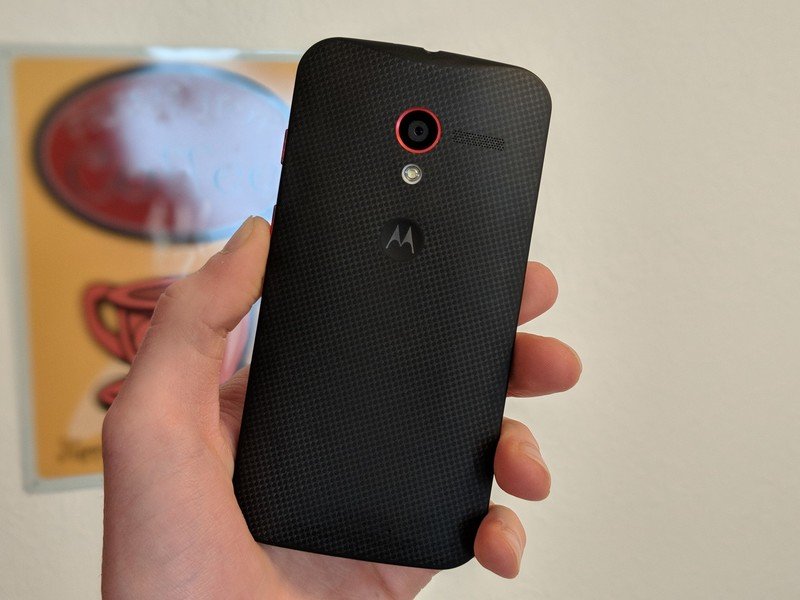
Two Android phones that will always hold a special place in my heart are the 2013 and 2014 Moto X. Those were two of the first phones I purchased with my own money, and between that and the ability to customize each one to my heart's content, I had a bond with them I've experienced with seldom other gadgets over the years.
The Moto X for its first two years didn't try to conform to what the rest of the smartphone world was doing. Instead, it was its own thing. The 2013 Moto X didn't have the best processor or display at the time, but instead, focused on delivering the best experience possible with software goodies that were genuinely helpful and exciting. Twisting for the camera and later chopping for the flashlight on the 2014 model are still some of my favorite gestures ever on a phone, and being able to call it whatever I wanted for Moto Voice is something the Google Assistant still lacks.
Also, can someone pleeeassee bring back Moto Maker? Tweaking a phone to look just the way you want it is something that's still unique to the Moto X line, and there's something special about knowing no one else has a phone that looks the way your does. Plus, that cognac leather on the 2014 Moto X was 🔥.
I still have my 2013 Moto X in a drawer, and whenever I'm feeling nostalgic, I'll power that puppy on and play around with it for a few minutes. Even after all these years, it still looks incredible and moves way faster than it has a right to.
Motorola, please bring back the Moto X we know and love. I'll give you cookies if you do.
Marc Lagace: Google Pixel XL
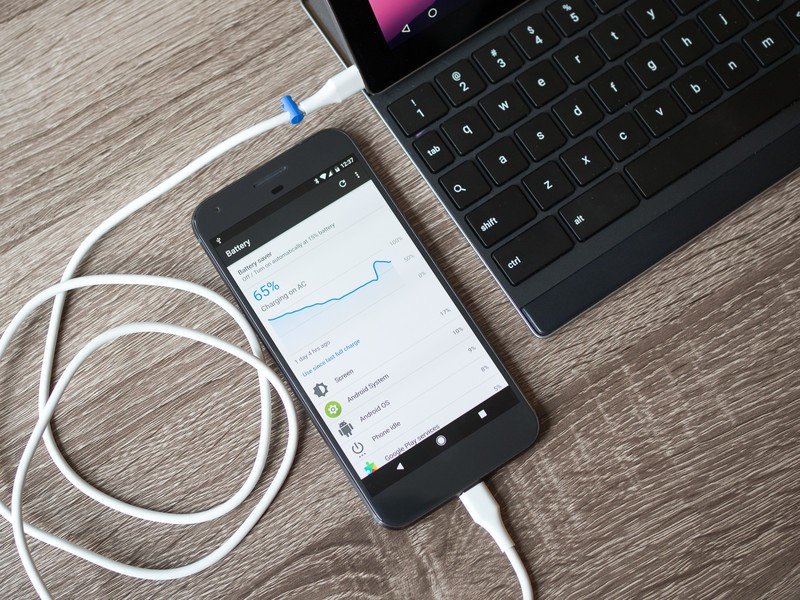
I have to go with the OG Google Pixel XL, which was as close as it gets to a perfect phone in my eyes. Its design stood out from the crowd, it was the perfect size for my hand, and it was the first phone to feature the Google Assistant — a feature I absolutely love.
The camera felt faster than anything I'd used before, and the resulting photos were nearly always crisp and detailed. Thanks to Google Daydream, I could be "the cool cousin" who showed up to family gatherings with a new VR game to show off. Even as we ruminate about what fancy new specs or features will be included with the Pixel 3, I'm still a big fan of the first Pixel that started it all.
Russell Holly: HTC One M7
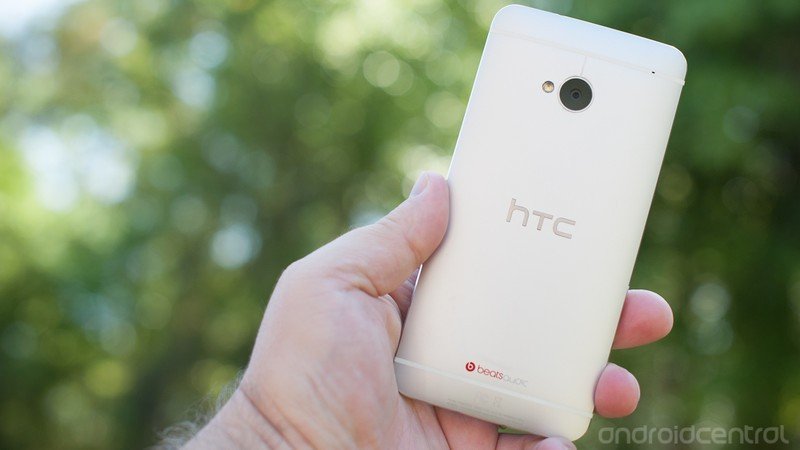
For me, the original HTC One stands out as something special. The all-metal body felt nice, it had a unique look, and even though the cameras weren't the best in the world it was clear HTC was doing something unique with the Ultrapixel tech.
HTC Sense, flawed as it was, had some great ideas as well. It's kind of interesting to see some of the new digital wellbeing things Google is putting in Android Pie right now, because these things have roots in Sense UI's early days.
In a world where so many of the "top tier" Android phones are barely different from one another, it's nice to look back at the HTC One and see a company willing to try something new.
Tom Westrick: Asus Zenfone 3 Ultra
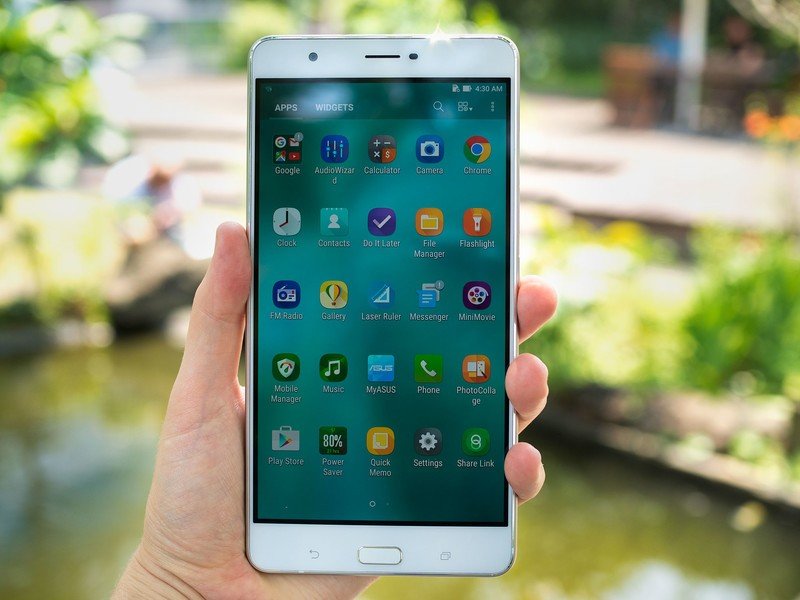
I love big phones. The only thing that stopped me from getting the Sony Xperia Z Ultra was its lack of a camera flash (seriously Sony, WTF?!) — especially once the Google Play Edition was released. I've always been intrigued by the idea of a tablet-sized phone — not just an LTE tablet, but full support for full phone calls. I don't care how silly I look with a tablet next to my head either.
The closest I've come was with the Asus Zenfone 3 Ultra. I religiously tracked FCC announcements to see if this device was passing through certification for sale in the US, but it never did. When the rest of the Zenfone 3 series went on sale in the States and I saw the writing on the wall, I imported one of the Ultras. It was gloriously giant, but had limited network support — to the surprise of no one. It worked well enough though, and I absolutely loved watching videos, reading comics and browsing websites on that big display. I happily dealt with some of the quirks of Asus' software (and there were many quirks).
Unfortunately, all good stories must come to an end. I dropped the Zenfone 3 Ultra in a Starbucks, and while I surprisingly didn't cause an earthquake, I did destroy the camera. I begrudgingly sold the phone to someone who intended to repair it, and no phone since has matched the sheer joy I had when I used that.
I never owned one, but I was also super intrigued by the Nokia Lumia 1520. Windows Phone 8 (and 8.1 and 10 Mobile) never had all of the apps I need, but I'd love if HMD remade this device with modern specs and their minimalist software.
Your turn: What's your favorite Android device?
There must be some Android device you hold dear. Maybe your first phone, or a tablet you particularly enjoyed? Let us know in the comments!
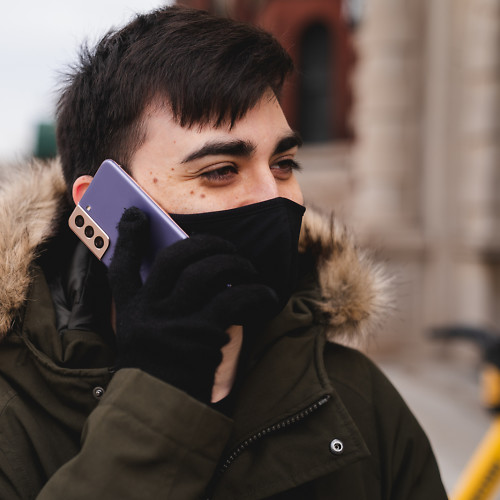
Hayato was a product reviewer and video editor for Android Central.
